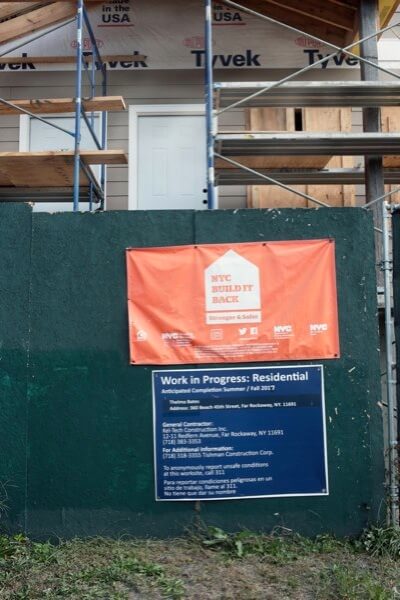By Gina Martinez
Five years after Super storm Sandy hit Con Edison with their largest electric outages, the companys $1 billion storm hardening fortifications program continues to hold up against extreme weather.
In October 2012 Hurricane Sandy and the Nor’easter that followed a week later led to the loss of power for 1.1 million customers in New York City and Westchester County. In 2013 the company started the four-year Fortifying the Future storm hardening program with the installation of more than 1,000 “smart” switches on its overhead system, equipment that can withstand flooding and redesigned underground electrical networks to avoid outages. Con Ed said these improvements have prevented more than 250,000 electric outages.
Super storm Sandy severely impacted the a mostly unprepared New York City. According to the NYC government study “Sandy and its impacts” the storm seriously affected the city’s electric utilities because some of the most important utility infrastructure is on the waterfront. The study said almost 2 million people lost power at some point during the storm and on Staten Island and in the Rockaways, 120,000 customers lost power due to substation damage, while all around the city, strong winds took down overhead lines, affecting another 390,000 customers.
The damage to the whole overhead system took almost two weeks to repair even with the help of thousands of utility workers from other states and damage to electrical equipment within buildings took longer, leaving some places in the Rockaways and other areas without power or heat for weeks.
The energy company spent $847 million on the upgrades, including $291 million in 2016, the last year of the program.
According to Con Ed, the installation of “smart switches” designed to isolate and clear trouble on overhead electrical system lines is a key to the program. The installations are said to prevent fewer homes and businesses from losing power when a tree, wind or heavy, wet snow brings down a line.
Con Ed also redesigned two electrical networks in Lower Manhattan, allowing operators to leave inland customers in service when the operators have to de-energize equipment to protect it from flooding.
Allan Drury, a spokesman for Con Edison, said the rise in extreme weather, from heat waves, windstorms, rainstorms, snowstorms and even tornadoes, made it clear to the company that they had to take precautions to protect customers service.
“We had an obligation to take steps to protect our customers and equipment, so we went to our regulator and got permission to spend $1 billion over four years to make improvements,” he said. “The improvements have been successful. We estimate that they have prevented more than 250,000 customer outages.”
Reach Gina Martinez by e-mail at gmart


































